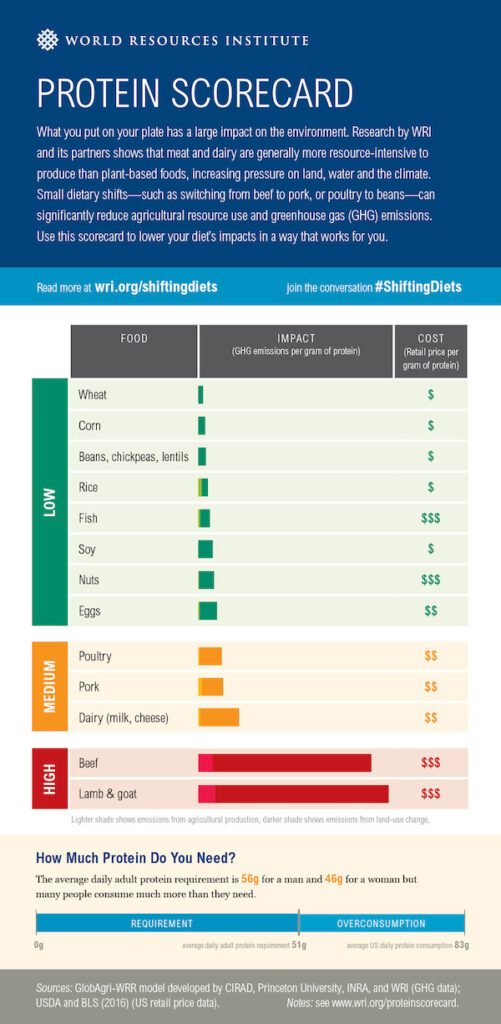Explainer
Why Eating Organic Isn’t a Climate Solution
Climate•8 min read
Analysis
We've compiled some of our most frequently used research and analysis in this food-climate reporting toolkit.


Words by Sentient Media
This is a crucial time for journalists covering the climate impact of what we eat. There will soon be more people on the planet than ever — 9.7 billion by 2050 according to UN figures — yet our food system is stretched to its limits in its current form. We can’t continue producing food in the same way without causing significant environmental damage.
Despite the urgency, this is a story that is vastly underreported. Our study conducted with the data analysis group Faunalytics found just 7 percent of climate media stories mentioned animal agriculture.
There’s an urgent need for more media coverage but also accuracy. While media outlets cover the food system from a variety of perspectives — we should at least be able to agree on the need for science-driven and evidence-based stories.
With that in mind, we’ve compiled a number of resources here for journalists looking to cover the food-climate connection.
Further reading
